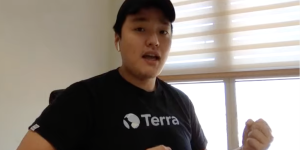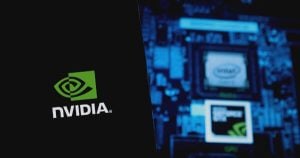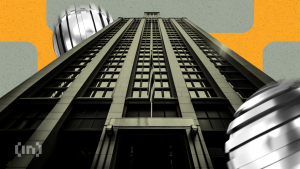Kling AI Video Generator Now Available Globally to Take on OpenAI’s Sora
6 months ago CryptoExpert
Kuaishou’s Kling AI has gone worldwide, ditching its China-only restrictions with the global launch of Kling AI version 1.0. The AI video generator platform is now accessible to users worldwide at KlingAI.com, where registration requires just an email address.
Upon signing up, users receive 66 free daily credits for video creation. The platform supports both text-to-video and image-plus-text-to-video generation, putting it in direct competition with OpenAI’s much-hyped Sora—which remains only available to select users.
Kling AI’s capabilities are nothing to scoff at. Generation times average around 5 minutes per video. For a 5-second clip at 30fps, that’s roughly 1 minute per second of video, or half a second per frame. This speed is noteworthy, considering traditional AI image generators often take several seconds to produce a single high-resolution image.
Kuaishou says the long-form generations it promised will be available in a future update.
Kling AI offers versatility in its output. Users can choose between three video resolutions: a 960×960 square format, 720p landscape, and 720p portrait mode. The platform also boasts a camera control feature, allowing users to select static, horizontal, vertical, pan, tilt, or rolling camera movements.
Multilingual support is baked in, with tests confirming high-quality results for prompts in both English and Mandarin.
Users can also fine-tune their creations by adjusting the balance between creativity and relevance. Leaning towards relevance ensures closer adherence to the prompt, while favoring creativity can produce more imaginative and visually striking results. The platform also accepts negative prompts, potentially enhancing accuracy.
A look at Kling AI’s capabilities
In a head-to-head showdown with OpenAI’s Sora, Kling AI held its ground. When tasked with generating wolf pups playing on a gravel road—a prompt that had tripped up Sora—Kling AI produced a realistic scene with three wolves. While less dynamic than Sora’s attempt, Kling AI avoided the fusion and sudden appearance of wolves that plagued its competitor’s output.
Kling AI’s performance with illustrative tasks, however, was mixed. A prompt for an anime-style cyberpunk samurai resulted in a 3D animation instead of the requested 2D anime style. However, it nailed the key elements: a cyberpunk samurai wielding a flaming katana in a futuristic setting.
Overall it seems to pay more attention to subjects instead of styles. It is worth noticing that it generated a warping effect around the flames, just as it would look if the flames were captured by a camera.
The platform shined in realistic sci-fi scenarios. A prompt for a female robot in a futuristic city walking towards the camera yielded a highly realistic scene with consistent visuals and no noticeable artifacts, surpassing the quality of current video generators.
If one is picky, it is possible to see that it struggles to generate fine patterns that involve thin parallel lines, which seems to be an issue with many generative AI tools, and the leg movements have some issues in specific frames. But other than that, the overall scene was extremely realistic.
Kling AI stumbled when animating an image with minimal details. We provided it our simple cartoon mascot Gen and prompted it to create a cute dancing robot. The model managed to animate the character but grappled with consistency due to the original image’s lack of detail.
It is easy to see how the eyes morph as the model tries to guess the composition based on just lines. But the results were satisfactory enough and could be easily fixed in post. Selecting stronger relevancy and less creativity, alongside more powerful negative prompts, could probably improve the model’s accuracy.
Version 1.0 is just the beginning for Kling AI. Kuaishou has plans to implement advanced features in future updates, including a high-quality mode for full high-definition video production, extended generation times, end frame additions in image-to-video conversions, and different camera movements.
Of course, a subscription program for increased daily generation credits is also coming.
The platform does have its limits. Content restrictions prevent the generation of violent scenes, depictions of famous people, or NSFW content.
Kling AI’s global launch follows strategies similar to those used by other major Chinese tech companies. Kuaishou has set the web portal for its AI video tool for international users to KlingAI.com while retaining the original Chinese version at kling.kuaishou.com, similar to the branding for TikTok (which is known as Douyin in China) and WeChat (Weixin domestically).
Edited by Ryan Ozawa.
Generally Intelligent Newsletter
A weekly AI journey narrated by Gen, a generative AI model.









